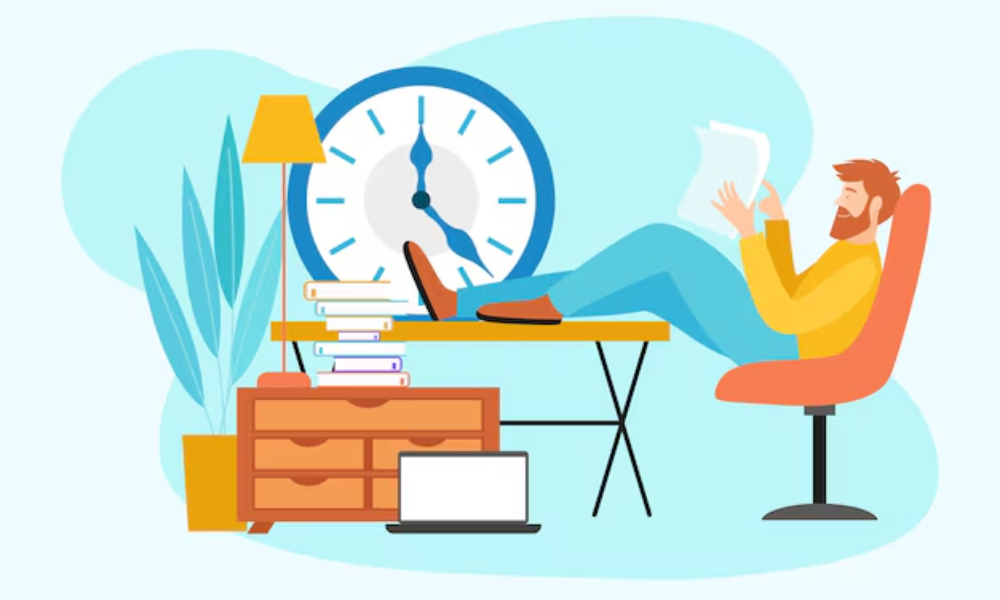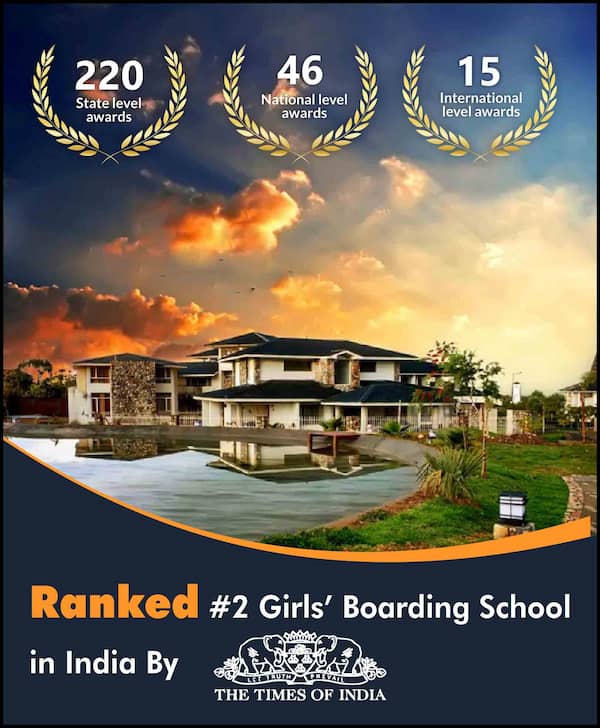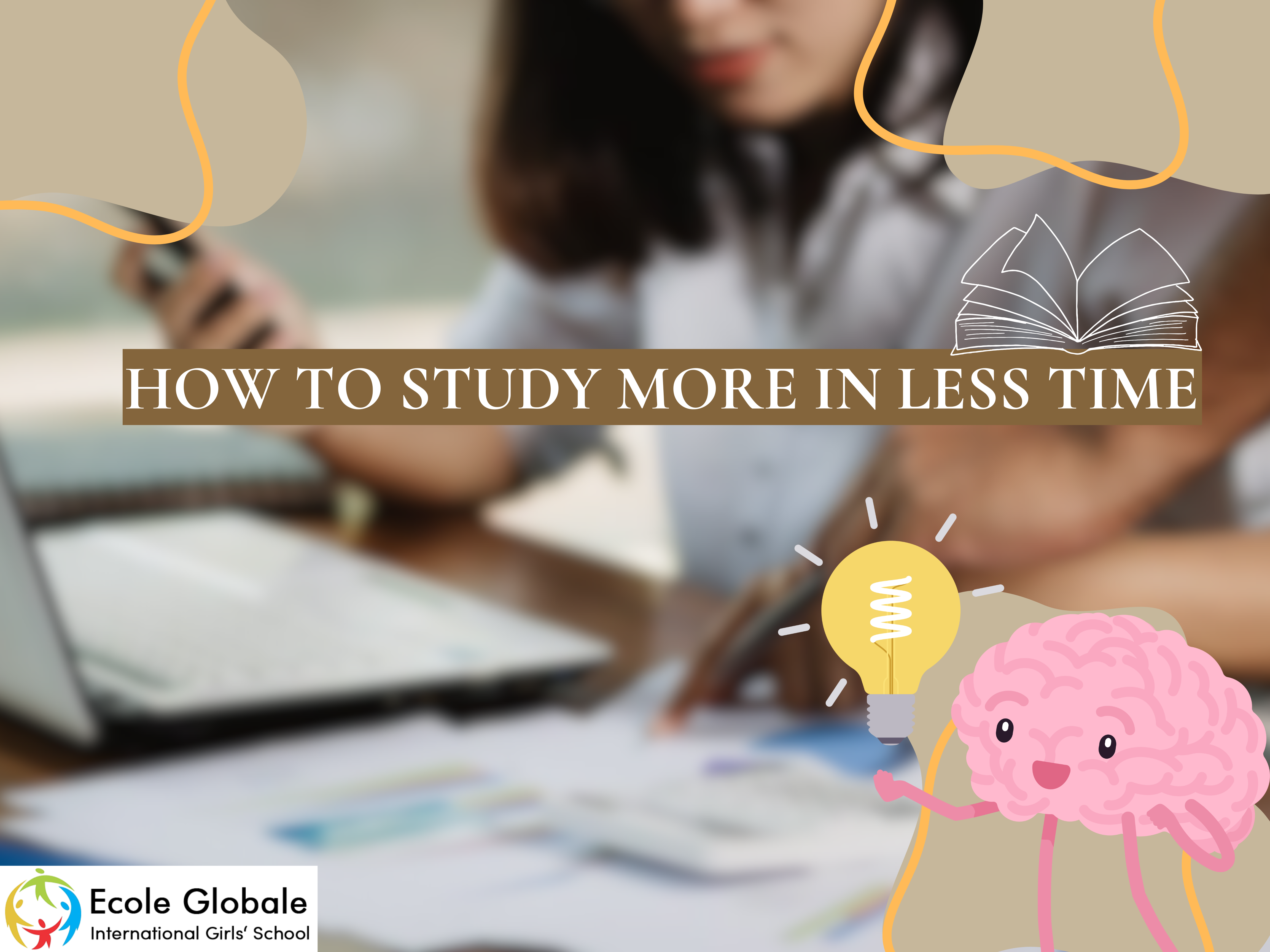Studying smarter, not harder, is a concept that resonates with students, parents, and college-goers who are all looking for ways to maximize efficiency. This article explores proven techniques to study more effectively in less time, allowing students to grasp core concepts faster without burnout.
The Importance of Studying Smart: Why It Matters

Studying efficiently is more than just a time-saving tactic; it’s a pathway to better learning and retention. By developing effective learning strategies, students can enjoy a balanced life while still excelling academically. Parents, students, and educators alike are increasingly aware that overworking leads to stress, which hinders academic performance.
Key Concepts for Studying More in Less Time

In this section, we’ll cover foundational strategies that can enhance your study sessions by focusing on productive habits and time management. These concepts not only make studying more effective but also allow for greater retention of information.
1. Set Clear, Achievable Goals for Each Study Session
Setting achievable goals is the first step toward mastering how to study more in less time. By breaking down large tasks into smaller, focused segments, students can target specific objectives and avoid feeling overwhelmed. Aim for clear, concise goals—such as completing one chapter, summarizing key points, or solving a set of problems.
Example Table: Setting Goals
| Study Session | Goal | Expected Outcome |
| Session 1 | Complete Chapter 2 summary | Understand key concepts |
| Session 2 | Solve 10 practice problems | Apply concepts learned |
| Session 3 | Create flashcards for terms | Memorize key terminology |
2. Practice the Pomodoro Technique for Focus
One proven technique to study more effectively in less time is the Pomodoro Technique. This approach involves setting a timer (typically for 25 minutes), working intensively, then taking a short 5-minute break. After four cycles, take a longer 15-30 minute break. This technique maximizes focus while allowing the brain time to absorb information.
Why It Works: By working in short bursts, students avoid mental fatigue and can concentrate on learning. Breaks are essential as they help refresh and re-energize, which leads to higher productivity over time.
3. Prioritize Active Learning Over Passive Reading
Active learning—such as summarizing notes, teaching a concept to someone else, or quizzing oneself—significantly boosts retention. Passive reading, on the other hand, leads to surface-level understanding and often requires more time to grasp fully. Here’s how you can engage in active learning:
- Summarize Key Concepts in your own words.
- Create mind maps to visualize relationships between ideas.
- Teach someone else; this reinforces understanding.
4. Implement Spaced Repetition for Long-Term Memory
Spaced repetition is a technique based on reviewing material at intervals, allowing information to shift from short-term to long-term memory. Tools like Anki or Quizlet can help automate spaced repetition schedules, making it easier to remember complex topics with minimal review time.
Spaced Repetition in Practice: Start by reviewing a concept soon after learning it, then revisit after a few days, then weeks, and finally monthly. The schedule is based on the Ebbinghaus forgetting curve, which suggests that regular review combats forgetting.
5. Organize a Distraction-Free Study Environment
An effective study environment minimizes distractions and helps you focus on learning tasks. To create a productive space:
- Turn off notifications on your devices.
- Declutter your workspace to avoid distractions.
- Use noise-canceling headphones if you’re studying in a noisy area.
Setting a dedicated study space signals to your brain that it’s time to focus, leading to higher efficiency in your study sessions.
Advanced Techniques to Maximize Study Efficiency

For those seeking additional ways to learn more in less time, advanced techniques can enhance productivity and solidify learning.
1. Use the Feynman Technique to Master Complex Topics
Named after physicist Richard Feynman, this technique involves breaking down complex concepts into simpler explanations as if teaching a novice. It forces a deeper understanding of the material by:
- Writing down the concept in simple language.
- Identifying any gaps in understanding.
- Revising until the explanation is clear and straightforward.
The Feynman Technique is particularly helpful in subjects like science and math, where understanding fundamental principles is crucial.
2. Apply the Pareto Principle to Focus on High-Impact Study Areas
The Pareto Principle, also known as the 80/20 rule, suggests that 80% of outcomes come from 20% of efforts. For students, this means focusing on key areas that have the highest impact on understanding and grades, such as core topics or frequently tested material.
By prioritizing high-impact topics, you can study more effectively in less time, ensuring that you grasp the most important material.
3. Harness the Power of Visual Aids for Better Retention
Visual aids like diagrams, mind maps, and flashcards can make complex information easier to understand and remember. Visualizing information helps encode it into memory and simplifies review sessions.
Example Table: Visual Aids for Different Subjects
| Subject | Visual Aid | Purpose |
| Biology | Diagrams of systems | Visualize processes |
| History | Timeline charts | Sequence of events |
| Math | Formula flashcards | Quick recall of formulas |
Time Management Strategies to Balance Study and Rest

An essential component of how to study more in less time involves effective time management, balancing study sessions with adequate rest.
1. Plan Your Study Schedule in Advance
Creating a study schedule helps ensure you allocate time for each subject and avoid last-minute cramming. Incorporate breaks, leisure activities, and adequate sleep to maintain a balanced routine.
2. Set Realistic Study Goals to Avoid Burnout
While it’s tempting to push through long study sessions, setting realistic, manageable goals can prevent burnout. Break study goals down into smaller milestones to maintain motivation and measure progress.
Maintaining Motivation and Mindset for Effective Studying

Success in studying requires not only efficient strategies but also a positive mindset. A motivated approach can make learning enjoyable and reduce procrastination.
1. Practice Mindfulness and Meditation for Mental Clarity
Practicing mindfulness techniques, like meditation or breathing exercises, helps to clear the mind, reduce stress, and boost focus. Even a few minutes of meditation daily can improve concentration, which is essential for productive studying.
2. Reward Progress to Stay Motivated
Setting rewards for completing study goals provides positive reinforcement, making the study process enjoyable. Rewards don’t have to be big; a simple treat, break, or a few minutes of a favorite activity can suffice.
Final Thoughts on How to Study More in Less Time
Mastering how to study more in less time requires implementing the right strategies, from active learning techniques to maintaining a balanced mindset.
By incorporating these efficient techniques, students can achieve academic success without compromising on well-being.
Remember that the goal is not to study longer, but to study smarter—allowing for a well-rounded life that includes learning, growth, and personal enjoyment.









